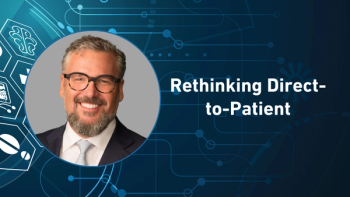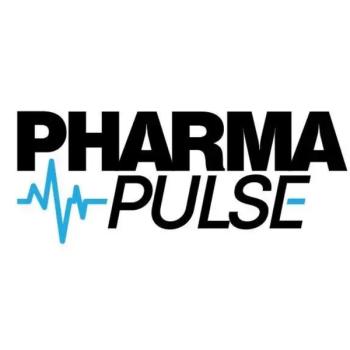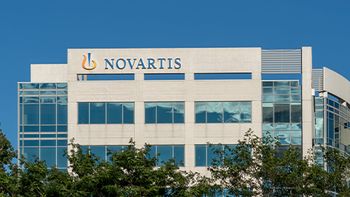
- Pharmaceutical Commerce - September/October 2011
Orphan drug conference addresses the high cost of treatment
Centric’s ‘patient-centered healthcare management’ model offers lower-cost delivery
High cost of drug therapies is not unique to the rare-disease market, but it is noticeably prevalent as each new biotech product, some costing $200,000 per year or more for a lifetime chronic condition, come onstream, attendees heard at the Centric Health Resources Ultra-Orphan Conference (St. Louis, Sept. 19-21). But as several speakers, including Craig Kephart, company president, addressed the intertwined topics of cost, value and outcomes for rare disease patients, it becomes clear that the same dynamic affects the market for all branded drugs. “We’re already seeing how biomarker technology is transforming cancer treatment into a host of small-population diseases,” he said. “How the biopharma industry deals with these markets will be a defining characteristic of the next decade and beyond.”
According to Kephart, today’s orphan-drug distribution business has two main versions: a hub-and-spoke type, wherein one company acts as the “hub” to centralize access to a widely dispersed population of patients, combined with clinics or hospitals, and the pharmacies that serve them, as the spokes where care is delivered. The other common model is ‘integrated exclusive” where a manufacturer simply hands off distribution of a drug to one or a few exclusive wholesalers/specialty pharmacies, and each of them manages its own network of patients and providers. But Kephart points out that it is essential in today’s healthcare environment for manufacturers to have some type of contact with orphan disease patients—if only because the highly complex nature of orphan drug treatment requires ongoing clinical refinement (and some manufacturers have opted to run their own internal hubs).
This argues for what Kephart calls the integrated, fee-for-service model, branded as “patient-centered healthcare management” by Centric: The manufacturer performs direct distribution with a preferred partner, who provides the high-touch services on a fee-for-service basis. This relationship provides the patient interaction the drugmaker would like to have, the range of services the patients would like to have, and for a price that’s generally a tenth to a third less than health management services offered by other business models. “Already, specialty pharmacies are being squeezed by payers, and as margins suffer, so does the level of service for patients,” Kephart concludes. “What we’re trying to do is align the interests of the patient, the payer and the manufacturer.”
Centric has just been
Articles in this issue
about 14 years ago
A Roadmap to Optimizing Marketing Operationsabout 14 years ago
Fix the Drug Shortage Problem- Nowabout 14 years ago
HDMA distributor sales are up 4.6%, to $274.5 billion through 2010about 14 years ago
Next chapter in drug shortages debate focuses on independent wholesalersabout 14 years ago
UPS Healthcare Logistics announces new cold chain optionabout 14 years ago
Contract Packagers, 3PLs Vie for Pharma 'Kitting' Servicesabout 14 years ago
2011 Product Security Report: Back to the FutureNewsletter
Stay ahead in the life sciences industry with Pharmaceutical Commerce, the latest news, trends, and strategies in drug distribution, commercialization, and market access.




